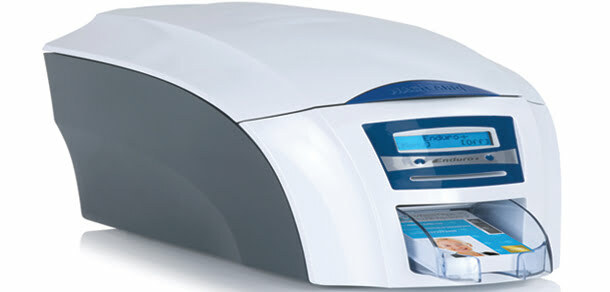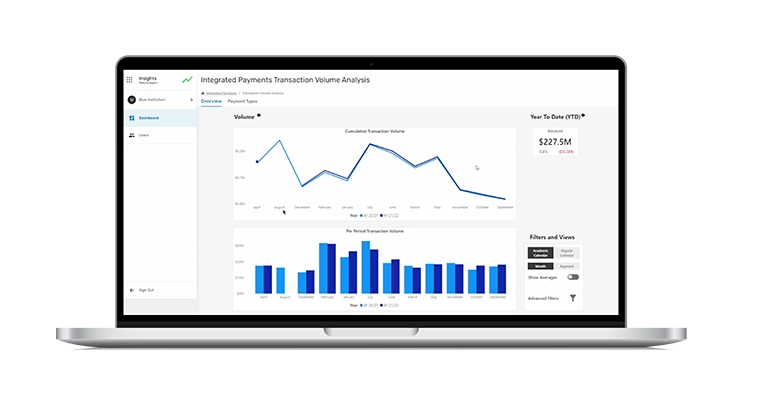
Pre-issuance can be done in house or offsite using a third-party vendor. Whether the cards are produced at the card office – perhaps during slower summer months – or remotely at a vendor facility, pre-issuance can reduce the workload on university staff and equipment.
Perhaps the most significant workload reduction comes via off-site card production. Using the campus database of cardholder data and photos, a vendor can print and encode all cards remotely. Typically, the completed batch of IDs is boxed in alphabetic order and shipped to the card office for onsite distribution.
“Off-site pre-printing is a viable option,” explains Emery. “It reduces the workload a great deal and can also eliminate the need for temporary or borrowed staff for an on-site re-card project.”
“Every year at our facilities in North Carolina, ColorID handles mass reissuances for dozens of campuses – from small private schools to some of the largest multi-site institutions in the country,” says Degan.
ColorID’s service center operates 20 or more printers each day running non-stop on various jobs, says Degan. “At a minimum we’ll have eight printers running for a single university re-carding effort, but we can devote more as needed.”
Each printer can produce 500 cards per day, but it depends on the timeframe of the customer’s project as to how many printers we would devote to each job, he says. “Normally campuses schedule with time to spare, but if a customer had an aggressive date that we had to hit, we could easily produce 5,000 cards daily.”
ColorID’s pre-issuance service includes the printing of variable information, encoding of mag stripes and chips as well as a multi-step verification process to ensure that everything on the card matches up to the end user record in the database, explains Degan.
Degan acknowledges that a campus could conduct a pre-issuance project in house using its own equipment, but there are serious hurdles that must be considered.
A common problem is that universities don’t give their printers a good tune up prior to starting these massive projects, says Degan. “Card rollers can wear out and printers can overheat when printing large batches of cards at a time,” he adds.
If a campus is going to re-card on its own, he suggests getting a printer tune up to make sure that the equipment is fully functional. “For $250 per printer, campuses can send in their hardware and we’ll strip it down, clean everything, replace rollers and other parts, upgrade firmware, check print heads for missing pixels and then ship them back,” Degan says.
ColorID also offers webinars and training on printer use to educate the additional labor force often needed in a re-carding project. These new staffers rarely have experience with card printers, and proper training can be key to a successful project.
While pre-issuance can reduce the time, labor and equipment required, it does present a unique challenge when it comes to getting finished cards into students’ hands. “The time saved pre-producing IDs can quickly be lost if cards cannot be rapidly found when students arrive to collect them,” Degan says.
He suggests that well-organized, alphabetized boxes – perhaps sorted by distribution site such as residence halls – are a must.




